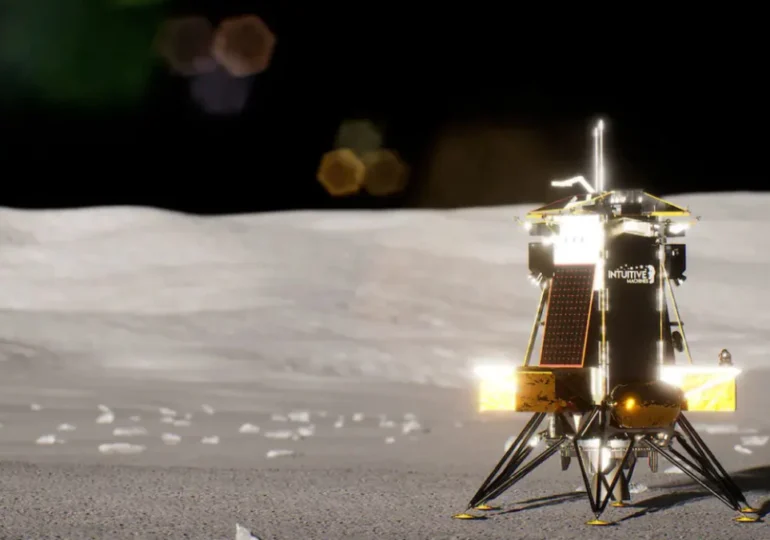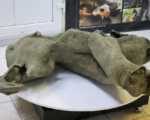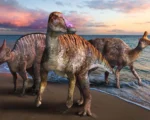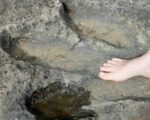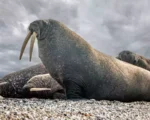Introducing Quaestio Simpsonorum: Australia’s Oldest Asymmetrical Animal Discovery

A groundbreaking discovery from Australia’s Nilpena Ediacara National Park has introduced Quaestio simpsonorum, the oldest asymmetrical animal ever found. Dating back approximately 555 million years, this ancient marine creature bore a striking resemblance to a small underwater vacuum cleaner, gliding across the ocean floor to feed on tiny algae and bacteria. Its most defining feature, however, was a backward question-mark-shaped protrusion on its back. This unique structure marks an important step in the development of more complex life forms. The Ediacaran period, which lasted from 635 to 541 million years ago, has long intrigued scientists as a precursor to the Cambrian explosion, a period when life on Earth underwent rapid diversification. Quaestio’s fossils were discovered in South Australia, a site known for hosting a treasure trove of early complex animal fossils.
Paleobiologist Scott Evans of Florida State University led the research on this ancient creature, with the findings published in Evolution and Development. Evans emphasized the significance of Quaestio’s unique asymmetrical form. “The animal’s backward question-mark shape clearly separates the left and right sides,” Evans noted, “and that’s something we haven’t observed in other fossils from this era.” This discovery provides new insights into how the structural complexity of animals began to evolve during the Ediacaran period.
Movement on the Ocean Floor
What makes Quaestio even more fascinating is the evidence that it could move. Fossilized tracks found trailing one of the specimens suggest that the creature had the capability to glide along the ocean floor in search of food. This mobility allowed it to actively feed on microorganisms like algae and bacteria, making it one of the earliest known examples of an animal exhibiting directed movement. Mary Droser, a paleontologist from the University of California, Riverside, and a co-author of the study, highlighted the importance of this finding. “It offers an essential piece of the puzzle for understanding the evolution of life on Earth,” she explained.
The discovery of Quaestio simpsonorum not only sheds light on the physical and behavioral traits of early marine animals but also deepens our understanding of the evolutionary advancements occurring in the Ediacaran period. The fossil site at Nilpena Ediacara continues to be a goldmine for researchers studying the origins of complex life. With each new discovery, scientists come closer to piecing together the evolutionary history that set the stage for the incredible biodiversity we see on Earth today.


